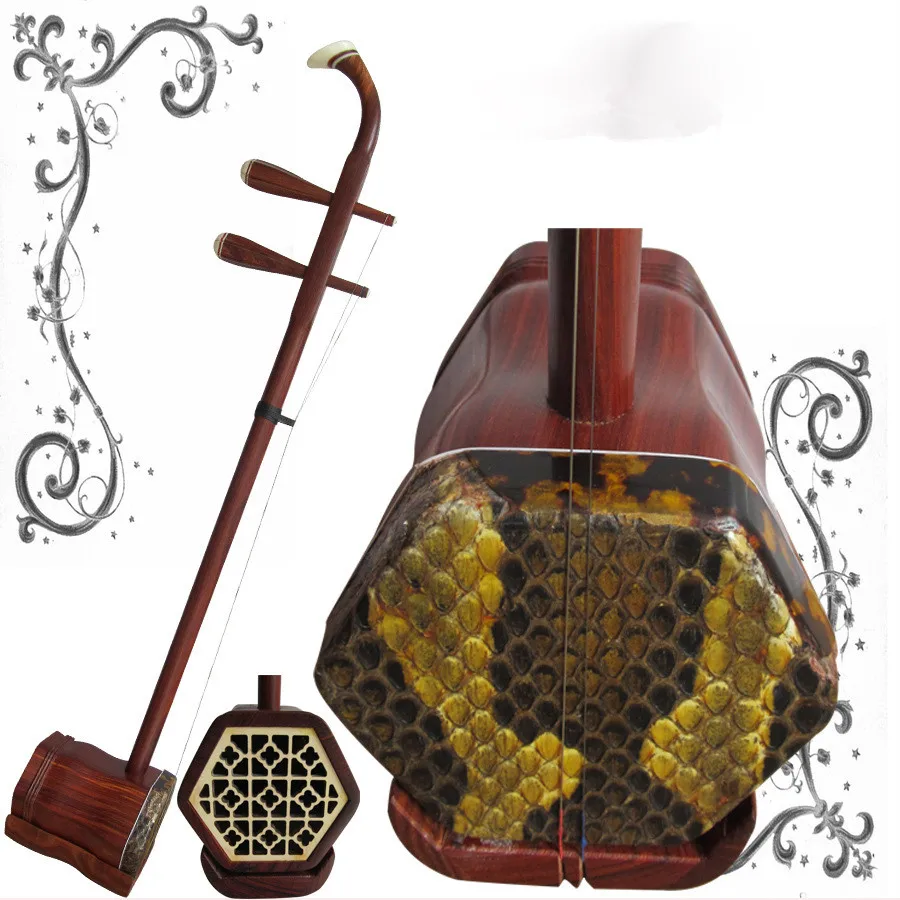

The earliest mention of pipa in Chinese texts appeared late in the Han dynasty around the 2nd century AD. Modern researchers such as Laurence Picken, Shigeo Kishibe, and John Myers suggested a non-Chinese origin. Traditional Chinese narrative prefers the story of the Han Chinese Princess Liu Xijun sent to marry a barbarian Wusun king during the Han dynasty, with the pipa being invented so she could play music on horseback to soothe her longings. This may be due to the fact that the word pipa was used in ancient texts to describe a variety of plucked chordophones from the Qin to the Tang dynasty, including the long-necked spiked lute and the short-necked lute, as well as the differing accounts given in these ancient texts. There are some confusion and disagreements about the origin of pipa.

Musicians in a scene from paradise, Yulin Cave 25, Tang dynasty The Korean instrument is the only one of the three that is no longer widely used. Several related instruments are derived from the pipa, including the Japanese biwa and Korean bipa in East Asia, and the Vietnamese đàn tỳ bà in Southeast Asia. The pipa is one of the most popular Chinese instruments and has been played for almost two thousand years in China. The pear-shaped instrument may have existed in China as early as the Han dynasty, and although historically the term pipa was once used to refer to a variety of plucked chordophones, its usage since the Song dynasty refers exclusively to the pear-shaped instrument. Another Chinese four-string plucked lute is the liuqin, which looks like a smaller version of the pipa. Sometimes called the "Chinese lute", the instrument has a pear-shaped wooden body with a varying number of frets ranging from 12 to 31. The pipa, pípá, or p'i-p'a ( Chinese: 琵琶) is a traditional Chinese musical instrument, belonging to the plucked category of instruments.


 0 kommentar(er)
0 kommentar(er)
